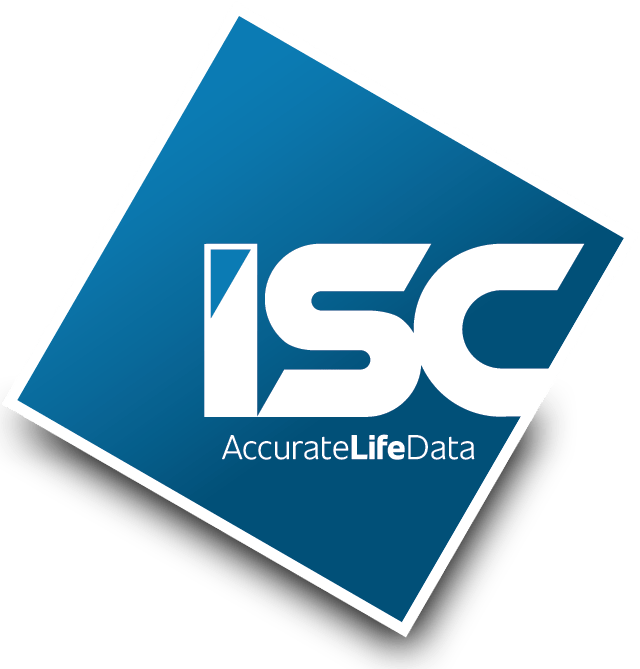To develop an accurate life expectancy report (LE report) for an insured, it is essential to understand their specific medical conditions. However, client health data is sensitive and confidential so it must be handled with thoughtful adherence to HIPAA rules and best practices related to privacy and security. LE providers have a number of protocols in place to ensure that each candidate’s sensitive information is treated with great art care and attention to detail.
Adhering to HIPAA Information Privacy
In 2021, healthcare data breaches hit an all-time high, affecting 45 million people, according to a Critical Insights report based on data from the U.S. Department of Health and Human Services. Healthcare facilities face increasing threats from ransomware, device theft, credential harvesting, phishing attempts and other malicious efforts to extract money in exchange for maintaining the privacy of patient records. As companies who also manage sensitive healthcare information for their clients, LE providers must adhere to the two critical components governing healthcare data protection:
- The HIPAA Security Rule – This governs security for the creation, use, receipt, and maintenance of electronic personal health information by HIPAA-covered organizations; it lays out the guidelines and standards for administrative, physical, and technical management of personal health information.
- The HIPAA Privacy Rule – Include safeguards that protect the privacy of personal health information, including medical records, insurance information, and other private details. What is data privacy in healthcare? It limits what information may be used (and in what manner) and disclosed to third parties without prior patient authorization.
The Personal Information that LE Providers Protect
Accurate LE reports are governed by these HIPAA rules. They require a full assessment of a candidate’s overall health, and this includes uncovering any health impairments or issues, including disease, malignancies, terminal illnesses or other factors affecting their health. They also delve into lifestyle factors like the frequency of exercise, degree of social engagement, whether or not the candidate is a smoker, and their alcohol use. Finally, they consider functional status issues like the ability to walk or manage their own finances. Once in possession of this data, LE providers take critical steps to ensure both data privacy and data security are protected.
What is the Difference between Data Privacy and Data Security?
While sometimes used interchangeably, “data privacy” and “data security” refer to two separate, but often overlapping concepts:
Data Security
Refers to systems implemented in critical networks, hardware and software to keep data secure by defending digital information from internal and external threats perpetrated either maliciously or by accident. Multi Factor Authentication (“MFA”) is one common approach to ensure that a user is authenticated. One example is a username and password for step one and then a code that’s texted to the user’s phone for step two.
Data Privacy
Also known as information privacy, this concept covers data access in a computer system. An organization or an individual will make the decisions as to whom will have access to data. First, they decide access control, or what users can have access to the data. Then, they deploy systems that keep unauthorized users from accessing the data, like data encryption or a mechanism that prevents a user from forwarding sensitive information.
These concepts overlap where encryption is concerned, since it satisfies both definitions. However, encrypted data is not necessarily secure. Encryption keeps data private, but a bad actor could still delete the data or apply another encryption algorithm to make it unusable.
Specific Steps to Keep Client Data Safe
LE providers concentrate on both data security and data privacy by implementing the following strategies:
- Control Access: To ensure that the right people are accessing the data, LE companies use encryption, passwords, and firewalls. They also use best practices like updating passwords regularly, performing user authentications, and using multi-factor authentication. Data controls also block actions like copying to external drives, printing, uploading to the web, or sending sensitive data via email.
- Emphasize Training: Many times data leaks are an honest mistake. Training employees in best security practices ensures that these mistakes don’t happen. LE providers teach employees about secure passwords, proper disposal of documents, how to avoid phishing risks, and other ways to maintain security.
- Use Lockable Cabinets: Paper documents are stored in lockable cabinets, and sometimes these are housed in rooms that stay locked.
- Keep Paperwork Disposal Secure: LE companies use shredders and confidential waste bins to dispose of sensitive paperwork properly.
- Protect Documents: To protect digital documents in transit, LE companies often use a file share program with encryption. For paper documents, they use a trackable mailing option.
Good LE providers always stay at the cutting edge of best practices in security. At ISC Services, we secure your client’s data from the moment you entrust it to us until we provide you with a confidential LE report, and beyond. Working with sensitive information and bound by HIPAA practices, we understand the importance of keeping client data private and secure. LE reports are only as accurate as the data they’re based on, and we protect it every step of the way. Learn more about our approach to life expectancy services.




